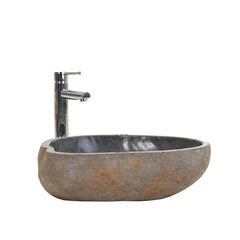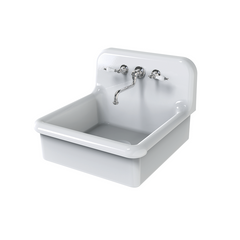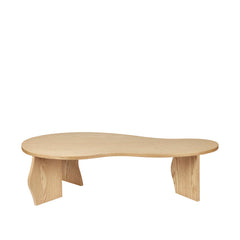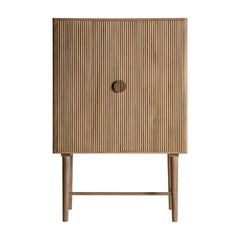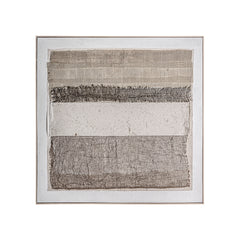In the fast-paced world we live in, creating a sense of balance and tranquility in our living spaces has become more essential than ever. Achieving harmony in your interior design is not just about aesthetics; it has a profound impact on your well-being and overall quality of life. So, let's explore the significance of balance in your space and how to achieve it effortlessly.

Balance is the key to creating a visually pleasing and functional environment. It involves finding equilibrium between different elements, such as color, texture, shape, and scale, to create a cohesive and harmonious whole. When these elements are in balance, they work together to create a sense of calm and comfort.
One aspect of balance is symmetry. Symmetrical arrangements provide a sense of order and stability. Think of a well-placed pair of matching chairs flanking a fireplace or a perfectly centered piece of artwork above a sofa. Symmetry can create a feeling of balance and serenity, especially in formal spaces.
On the other hand, asymmetrical balance adds interest and visual excitement to a room. It involves arranging elements of different sizes, shapes, or colors in a way that feels balanced without mirroring each other. Mixing furniture styles or incorporating unexpected design elements can achieve this effect. The key is to create a harmonious composition that is visually compelling yet balanced.
Color plays a significant role in creating balance. Understanding the principles of color theory can help you achieve a harmonious color palette. For example, complementary colors (opposites on the color wheel) can create a vibrant and balanced contrast, while analogous colors (those adjacent on the color wheel) offer a more harmonious and soothing effect.
Texture also contributes to the balance of a space. Combining different textures, such as smooth and rough surfaces, adds depth and tactile interest. Incorporating a variety of textures, from plush fabrics to natural materials like wood or stone, can create a sense of balance and richness in your interior.
Scale and proportion are crucial considerations for achieving balance. Ensuring that furniture and decor items are appropriately sized for the space is essential. Oversized or undersized pieces can disrupt the visual equilibrium, so it's important to carefully consider the scale and proportion of each element in your room.
Ultimately, finding balance in your interior space is about creating a holistic and harmonious environment that supports your well-being. When your space is balanced, it can foster relaxation, creativity, and a sense of inner calm.
So, take a step back and evaluate your space. Does it feel balanced and harmonious? If not, consider incorporating some of these principles into your design. By achieving balance in your interior, you'll create a sanctuary that promotes a sense of serenity and enhances your overall experience within your home.
0 comments





